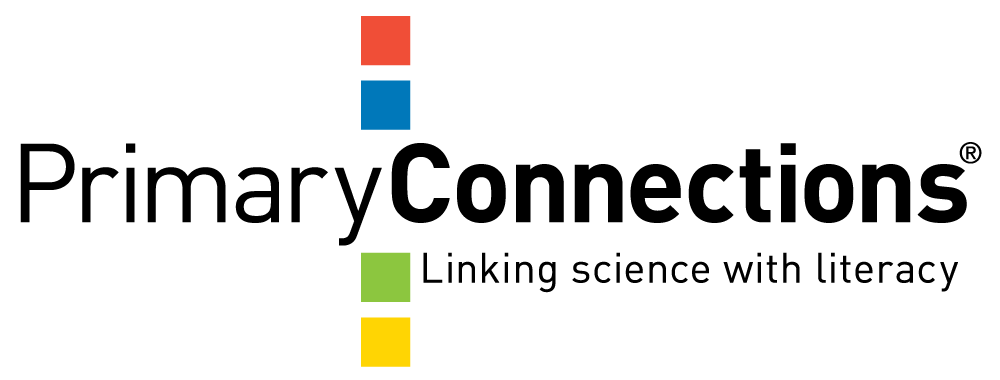Investigations
- actively engage students in learning
- provide an opportunity to learn the skills and processes of investigating
- provide students with an authentic experience of science
- help students develop an understanding of scientific evidence and of the nature of science.
Investigations can be a feature of any of the 5E phases. However, you will find they are most common at the Engage, Explore and Elaborate phases.
Exploratory investigations
- occur mostly at the Engage and Explore phases
- are characterised by hands-on exploratory activities including: observing, measuring, testing, representing.
Student-planned investigations
- occur at the Elaborate phase
- are characterised by a focus on student planning, following the investigating process, representing findings and drawing conclusions based on evidence and communicating findings.
Four common types of investigations in primary science are
Fair-tests
In fair tests students seek to answer a specific question or test a prediction.
Before a fair test, students identify all variables that might affect an outcome. Then they plan the investigation so that one variable is changed, whilst all others remain the same.
Fair tests support students to pose questions, test predictions, collect, represent and interpret data, make claims, draw conclusions and communicate findings.
To find out more about facilitating fair test investigations visit
Writing questions for investigation
Conducting fair test investigations
Surveys
Survey investigations are used when students need to gather information about a specific phenomena.
They can be used to collect quantitative (numerical) or qualitative (descriptive) data.
The data collected is then analysed to find patterns in results or similarities and difference in responses.
Students learn to make generalisations from their data which may then inform future actions.
Design tasks
Design tasks provide opportunities for students to design, test and evaluate solutions for real or perceived needs.
Solutions may be
- digital, for example designing an app to log excess rubbish in the community, or
- engineered, for example designing a rubbish bin that automatically sorts waste and recyclables.
Students may or may not actually build their designed solution, depending on the resources available and time and expertise required to do so.
However, the designing phase- following the steps of the design thinking process, has the capacity to meet Australian Curriculum: Science and Australian Curriculum: Technologies content descriptions.
Find out more about how Primary Connections incorporates Design and Technologies
Secondary data investigations
Secondary data investigations are used when students are unable to collect their own data on phenomena.
The data collected by other scientists is sourced.
For example
- Size of planets
- Frequency and severity of earthquakes
- Historical temperature and rainfall data
To see how investigations are exemplified in the 5E model of guided inquiry, take a look at Primary Connections suite of curriculum units.
Collecting, representing and discussing evidence
These are essential aspects of a student investigation.
Data tables and graphs
Data tables and graphs are some of the most common representations that students might create when carrying out any type of science investigation. Data collected is usually recorded on a table. A graph can then be created to support students to identify patterns, which in turn will support them to answer their research questions.
PROE
The PROE (Predict, Record, Observe, Explain) is a tool that engages students in deep thinking during the investigative process. It supports them to start making connections between their initial thinking, their observations, if and why their thinking has changed, and why it might have changed.
Facilitating evidence-based discussions
Argumentation is at the heart of what scientists do; they pose questions, make claims, collect evidence, debate with other scientists and compare their ideas with others in the field. It is through articulating, communicating and debating their ideas and arguments that students are able to develop a deeper understanding of science and the way scientists think and work.

